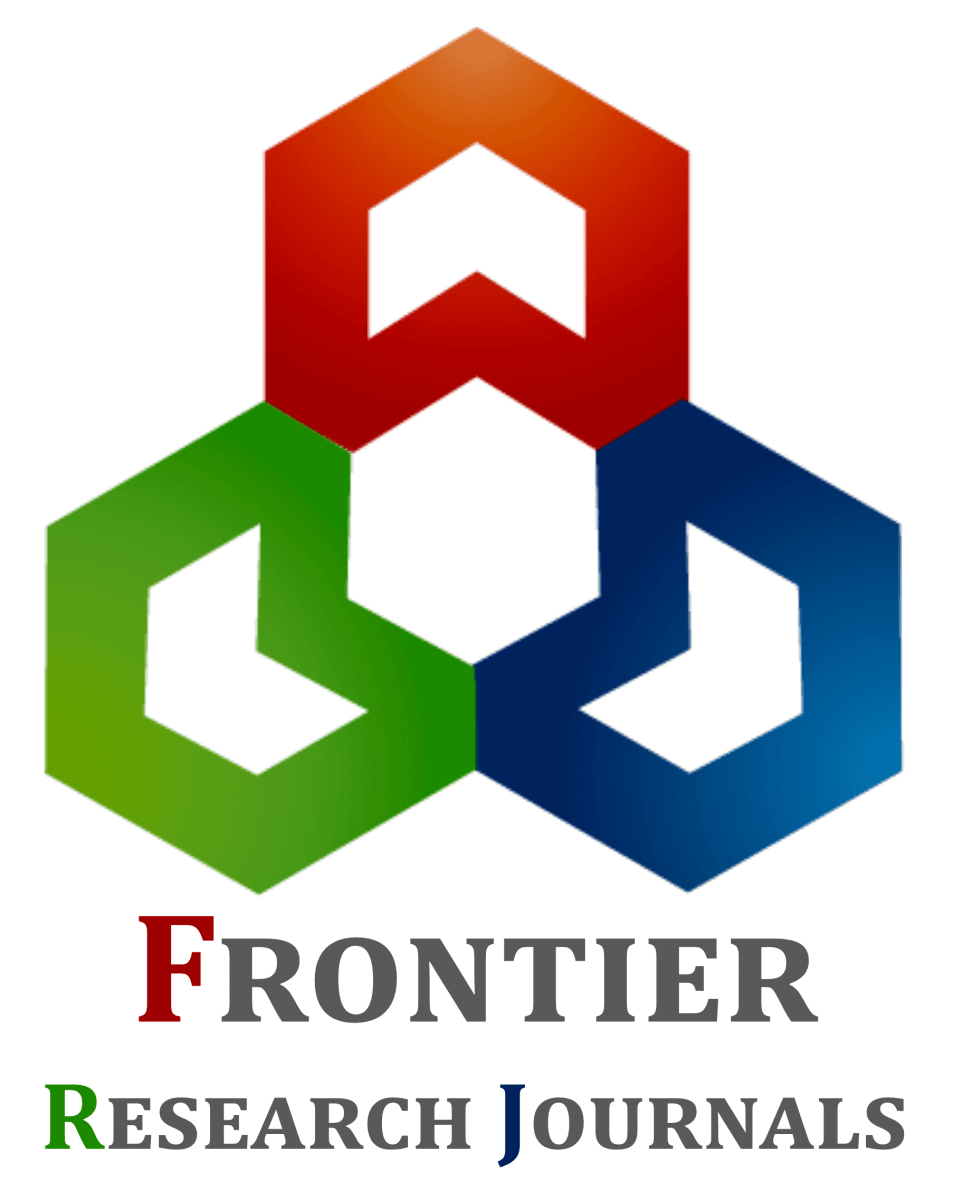Optimizing dental health equity: Integrating business analytics and program management for underserved populations in the U.S
1 A.T Still University, St Louis, Missouri, US State.
2 Harrisburg University of Science and Technology, USA.
Review
International Journal of Frontiers in Life Science Research, 2024, 06(02), 011–020.
Article DOI: 10.53294/ijflsr.2024.6.2.0031
Publication history:
Received on 19 February 2024; revised on 31 March 2024; accepted on 03 April 2024
Abstract:
Ensuring equitable access to dental health services is a critical yet challenging endeavor, particularly for underserved populations in the United States. This abstract presents a comprehensive approach to address this issue by integrating business analytics and program management strategies. The proposed framework aims to leverage data-driven insights and effective management techniques to optimize resources and improve outcomes for vulnerable communities. The first component of the plan involves harnessing the power of business analytics to gather and analyze data pertaining to dental health disparities, demographic trends, and resource allocation. By utilizing advanced analytics tools and predictive modeling, healthcare providers can identify areas with the greatest need and allocate resources accordingly, ensuring efficient and targeted interventions. In conjunction with business analytics, effective program management strategies are essential for the successful implementation of initiatives aimed at improving dental health equity. This includes establishing partnerships with local communities and healthcare providers, designing culturally sensitive programs, and implementing streamlined workflows to maximize efficiency. The implementation plan outlines the steps required to set up infrastructure, train staff, pilot programs, and scale successful initiatives. Moreover, the abstract discusses potential challenges such as funding constraints, cultural barriers, and workforce shortages, along with proposed solutions to mitigate these obstacles. Ultimately, this integrated approach to optimizing dental health equity holds the potential to significantly reduce disparities and improve overall oral health outcomes for underserved populations in the United States. By continuously evaluating and refining strategies based on feedback and emerging data, stakeholders can work towards the shared goal of ensuring equitable access to dental care for all.
Keywords:
Dental Health Equity; Integrating Business Analytics; Program Management; Underserved Populations; U.S
Full text article in PDF:
Copyright information:
Copyright © 2024 Author(s) retain the copyright of this article. This article is published under the terms of the Creative Commons Attribution Liscense 4.0
